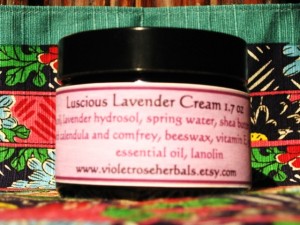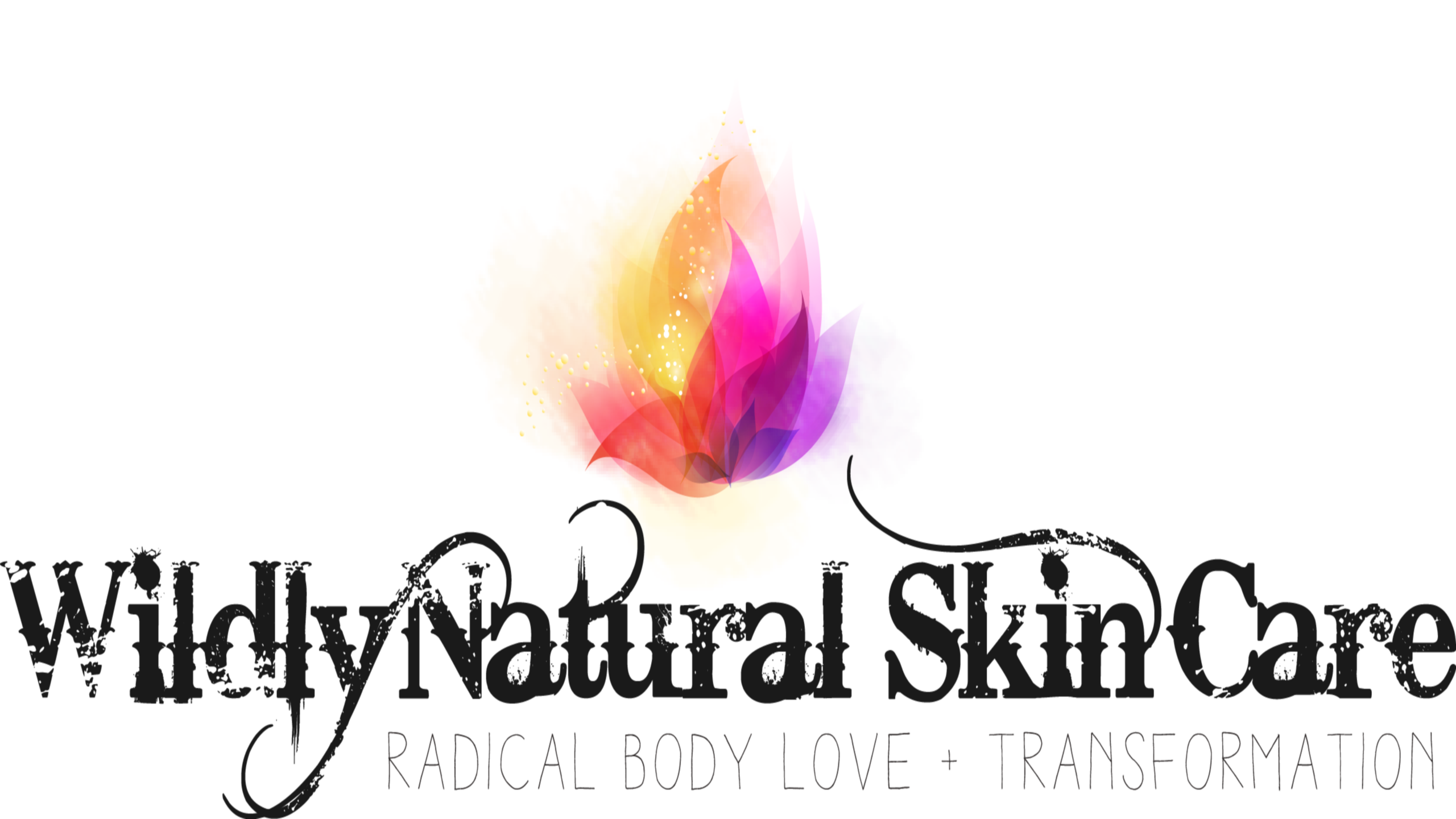
Why make your own homemade natural skin care products?
Surely there are many, many high quality products on the market. However, there are benefits for those of us who love to craft with our hands.
For one, the practice of taking pieces of nature and shaping them into daily necessities is a ritual in itself. It can help us to feel one with and deeply connected to the Earth. We also will know that our finished products are vibrant and alive with the energy of nature. And, acts of creativity like making body products help us to feel alive!
I thought I would share some tips that I’ve learned along the way to save you headaches and wasted precious materials down the road.
1) Aseptic technique for homemade natural skin care products
Back in my biology days, we talked a lot about “aseptic technique”. Aseptic technique is basically creating a sterile environment. For product-making, this means avoiding contamination of any of the materials, tools or equipment. This serves to keep out any unwanted microorganisms in our homemade natural skin care products! Bacteria, molds and so on will cause our products to go bad.
It is great if you can have dedicated equipment and space, but there are ways to use equipment for more than one purpose:
- First, be sure to clean everything that you will use very well with soap, water and friction and allow to air dry rather than towel dry. If you want to go a step further, you can boil your tools.
- Always wash hands before working.
- No double dipping. So if you’ve used a spoon to get the coconut oil out of the tub and then used it to mix the concoction together, don’t use that same spoon to get more coconut oil out. Mostly you’d be contaminating your coconut oil.
- A word or two on reusing jars and bottles…I practice an ecological ethos in my product-making and so reusing jars is a given. It can be a pain, I will admit, particularly when oils and creams are involved. What I have found to work the best is to wipe the jars out with newspaper or old rags, then wash thoroughly in warm, soapy water and then run them through the dishwasher. With bottles, I will let warm, soapy water soak in them, shake this vigorously a few times and then run them in the dishwasher.
- Always remove the white cardboard from old bottles and jars. These will be traps for microorganisms.
- When making creams, I use either chopsticks or another disposable wooden stirring stick. Keep the sticks separate for mixing the oils and mixing the waters.
Some of my dedicated equipment- grater for beeswax, soap cutters, measuring cups and spatulas.
2) Preserving & Preventing Rancidity in Homemade Natural Skin Care Products
Preservation will prevent bacteria and other microorganisms from growing in the water parts while antioxidants help to prevent rancidity in the oil portions.
Many homemade products are used up quickly, like one-time facial masks and the like. For longer storage items that contain a mix of water and oil or just water, you can consider using a natural preservative. I like Leucidal (aka radish root ferment). It is a natural preservative derived through a fermentation process of radishes with a lactic acid bacterial culture.
Many essential oils have preservative and antioxidant actions as well, including thyme, oregano and clove. There is mixed review on the amount of essential oil needed to actually preserve a product and some say that it is too high of an amount to be used. I personally like to add the essential oils as additional help to preserve a formula.
For preventing oils from going rancid (noticed by the tell-tale rancid odor), Vitamin E (tocopherol), Rosemary extract and Vitamin C (ascorbic acid) are helpful. Practices such as refrigerating fragile oils and keeping them in a dark place will slow down the oxidation process as well.
3) What do you have on hand?
You can start with what is on hand-fruits, vegetables, milk, eggs-all of these have uses for making homemade natural skin care products. Learn how to use what is near before venturing afar! Spirit is right here, in the Earth all around us. Sometimes what grows around us will be more energetically potent and therefore more effective.
It is also fun to discover that most ingredients have multiple uses. For example, most oils and butters can be used for every part of the body: hair, skin (body and face) and lips.
4) Keep Notes on Your Homemade Experiments
And all the better if you can be organized about it! I’ve kept notes, however, I have notebooks full of notes and it is always a walk through history to try and find a certain recipe.
Keeping track of your experiments and formulas has obvious benefits: what works, what doesn’t, that essential oil blend that you just loved, the recipe that healed your friends psoriasis and so on.
5) Bottles for Homemade Natural Skin Care Products
Many glass food bottles can be reused for home use, just be sure to follow aseptic technique (above). For large quantities of bottles, I really like SKS Bottles and Specialty Bottles. Mountain Rose Herbs also stocks bottles that can be purchased individually and in small amounts.
6) Finding and Supporting Reliable Suppliers
I have had my go with suppliers of ingredients that I would not purchase from again! Not saying any names! What I will say is that I have leaned upon Mountain Rose Herbs for just about everything needed to make products for myself and for sale to the public. If you are in business, you probably know that ingredients need to be tracked as per the Good Manufacturing Guidelines. Mountain Rose Herbs has always promptly emailed me the needed documents for that.
Oh, and did I mention they have just about everything natural? :) You can visit them and get on your way to making products with the highest quality ingredients without all the trial and error I’ve done for you! Check them out for all of the ingredients you need for making homemade natural skin care products.
